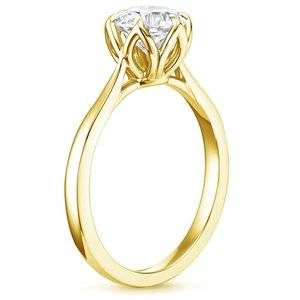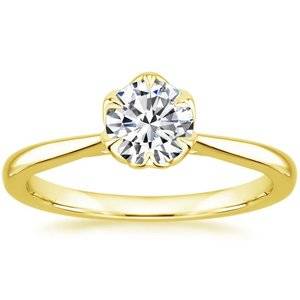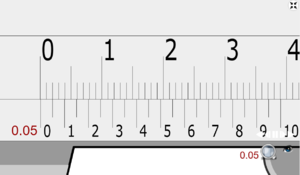I purchased one of these (I won't say which as to not skew the responses) and have recently seen the other become available. I'm having second thoughts about my decision.
Assuming both diamonds have:
-Perfect cut
-VS2 clarity
-Round modern brilliant
-Yellow gold solitaire setting with 6 tulip prongs (Brilliant Earth Caliana)
-Same price
a. 1.74 ct round in J color
b. 1.69 ct round in I color
Thank you!
Assuming both diamonds have:
-Perfect cut
-VS2 clarity
-Round modern brilliant
-Yellow gold solitaire setting with 6 tulip prongs (Brilliant Earth Caliana)
-Same price
a. 1.74 ct round in J color
b. 1.69 ct round in I color
Thank you!







300x240.png)